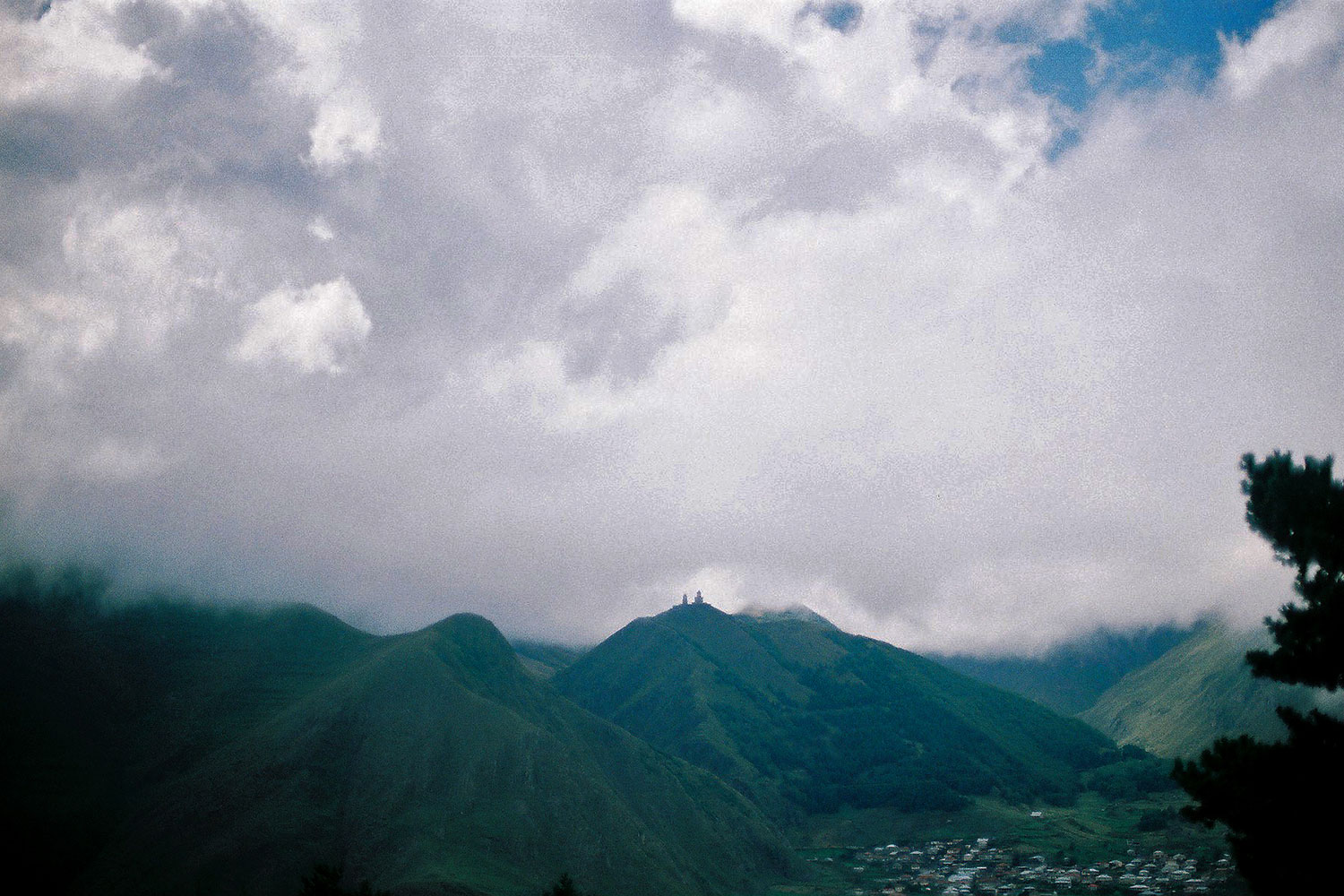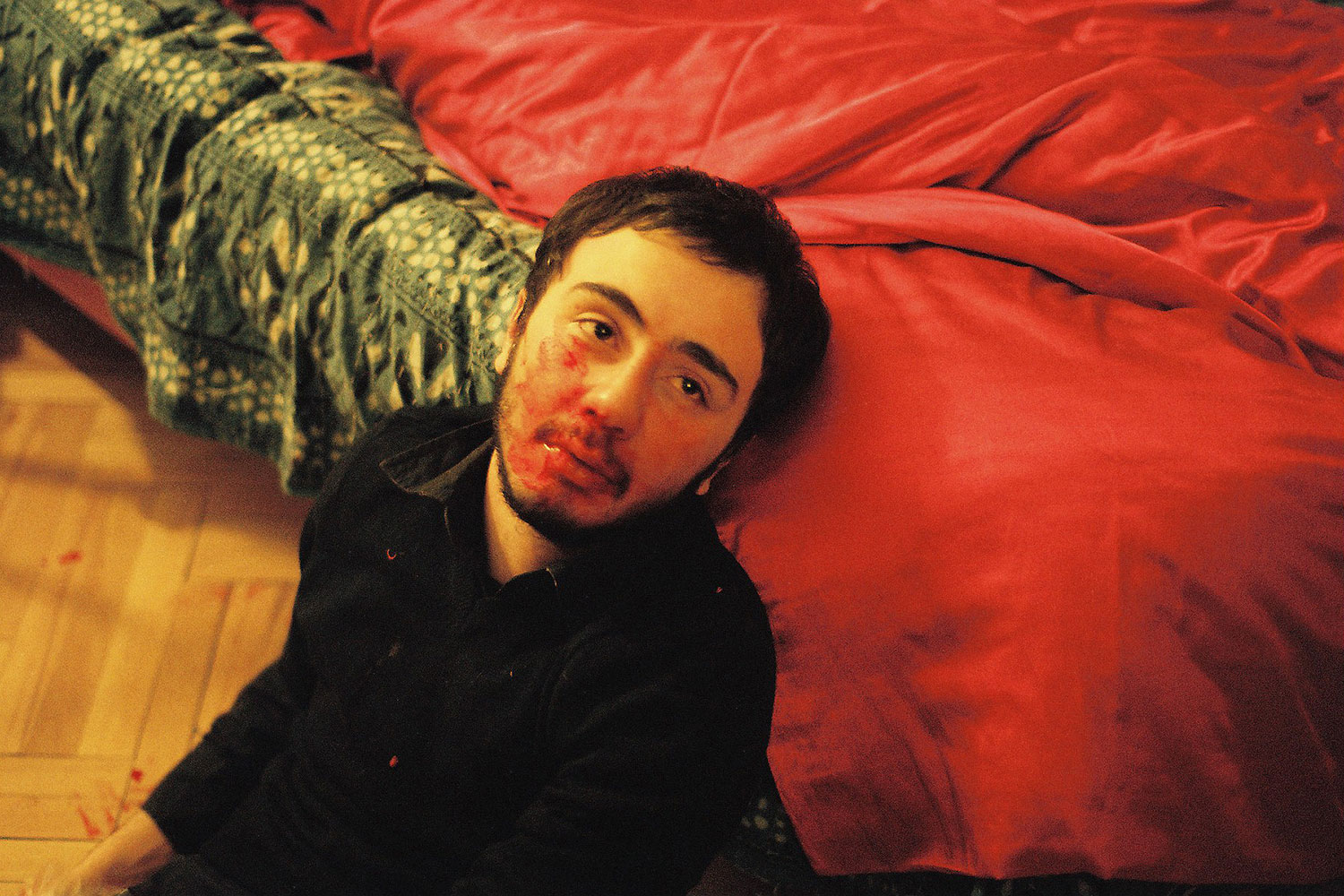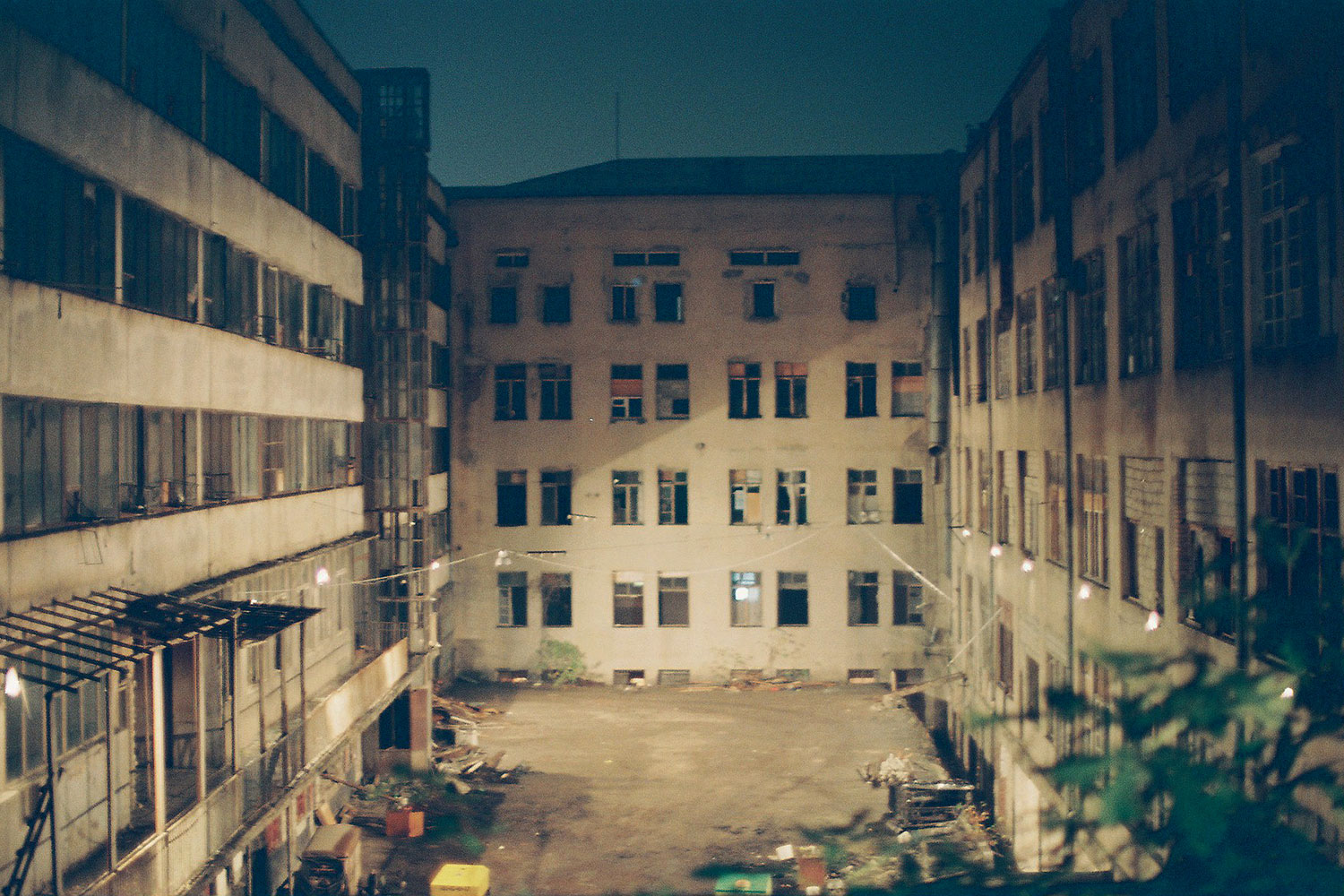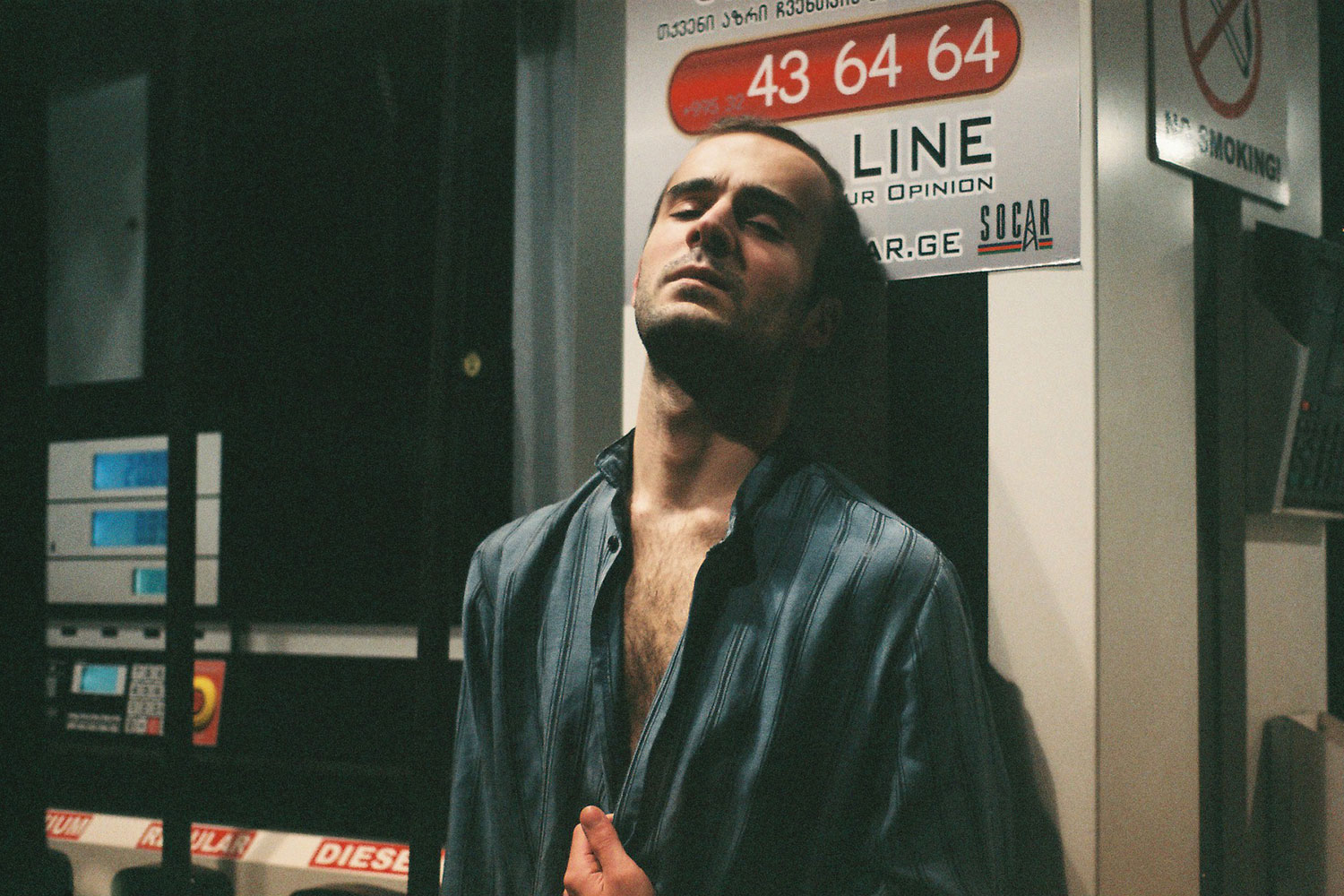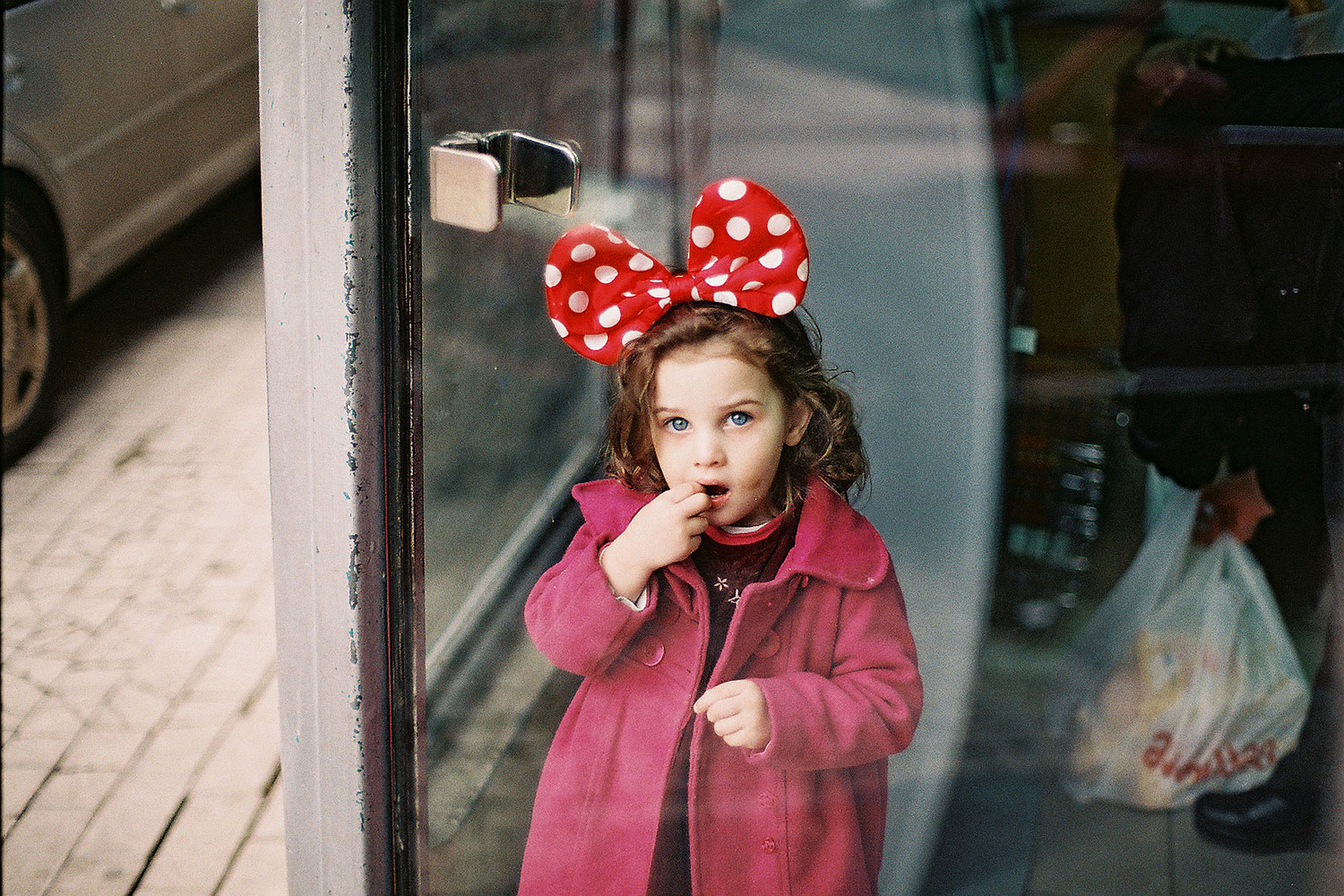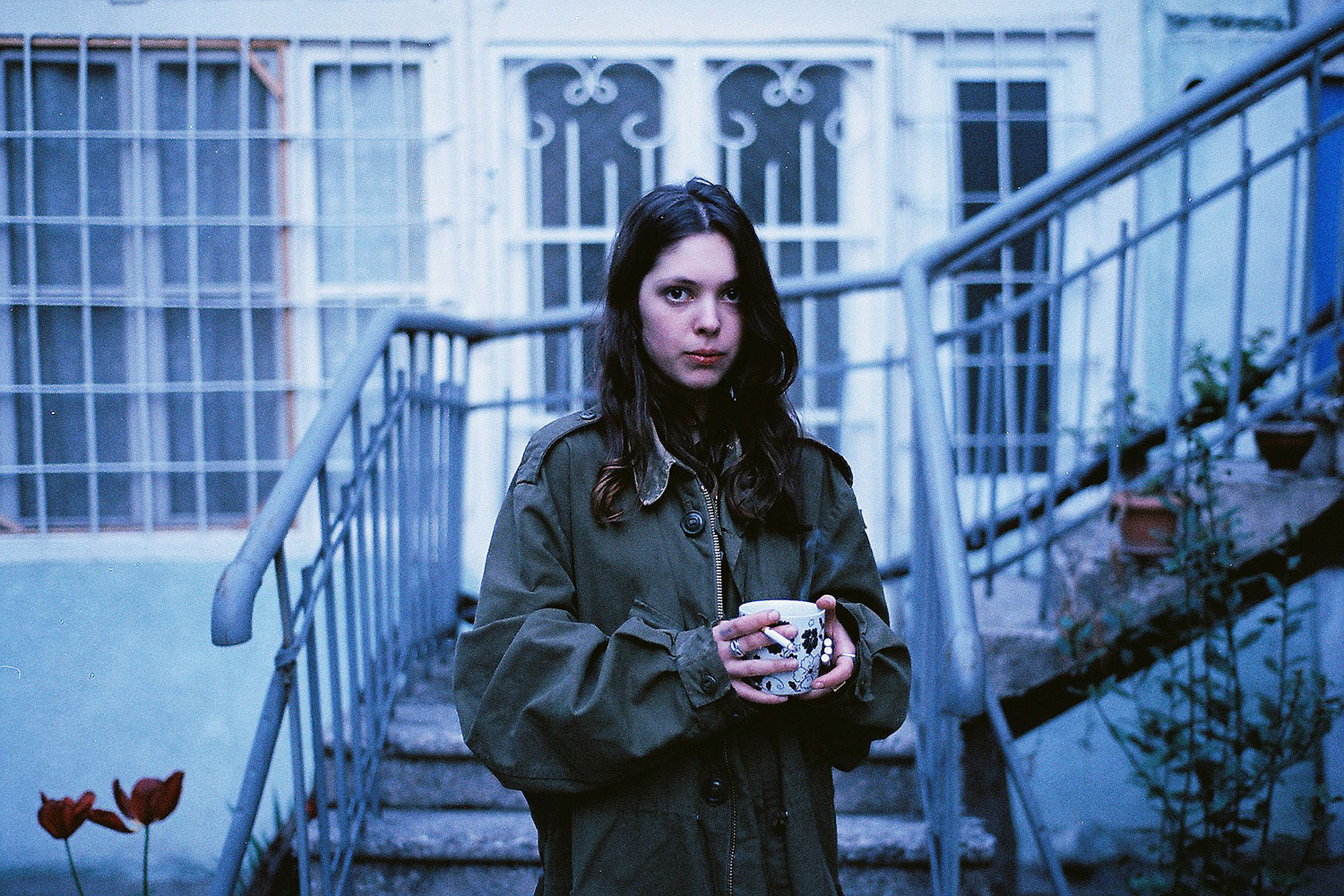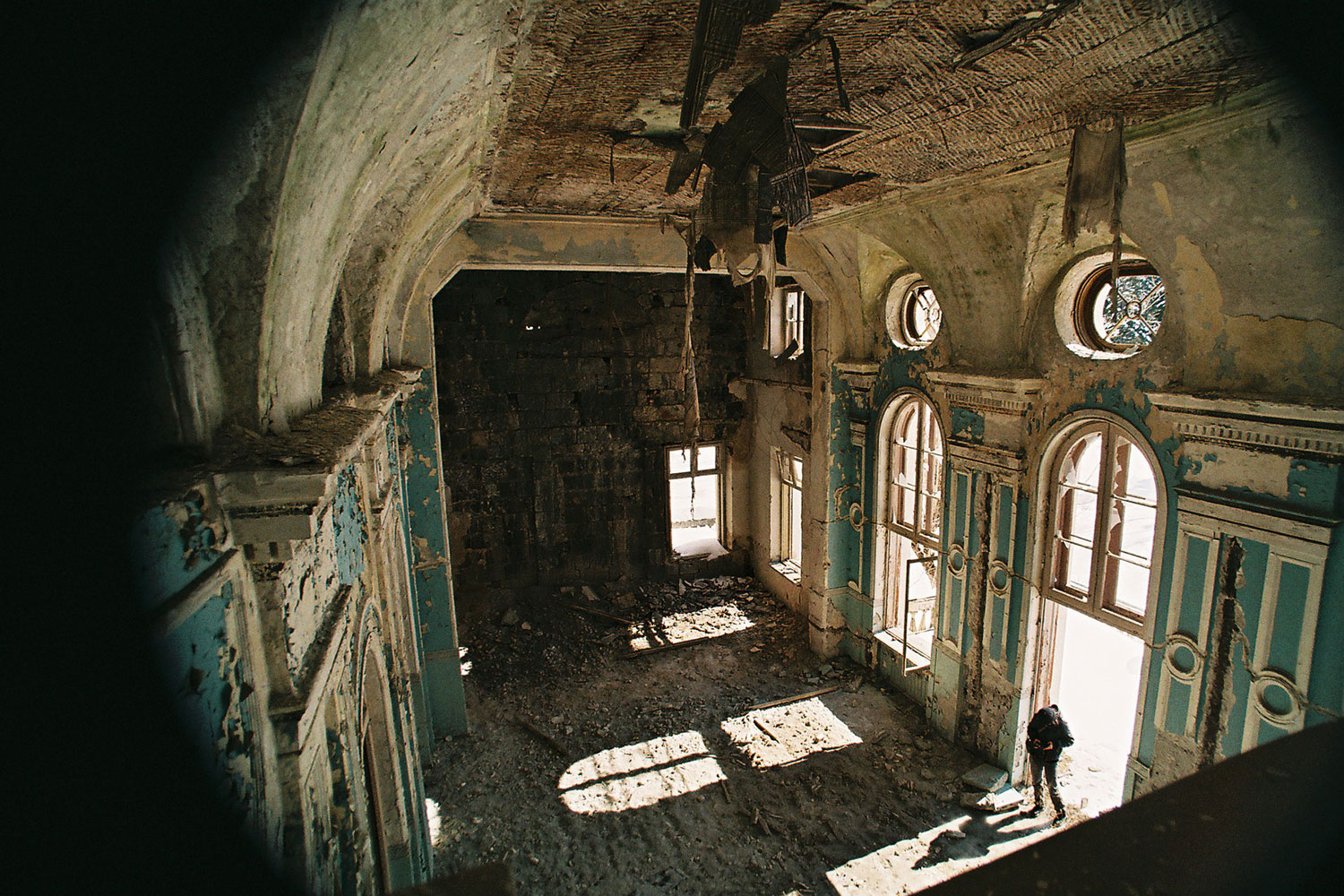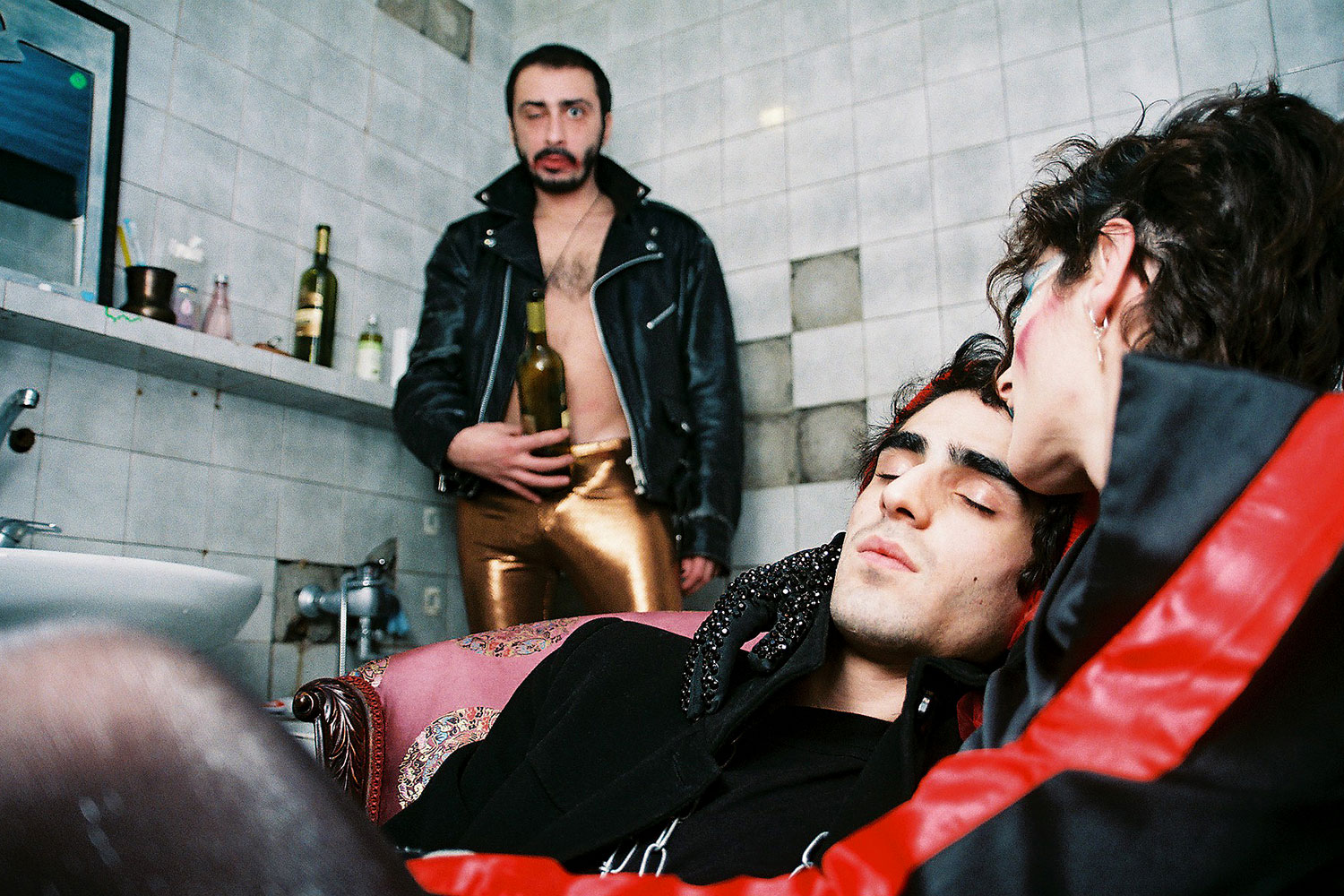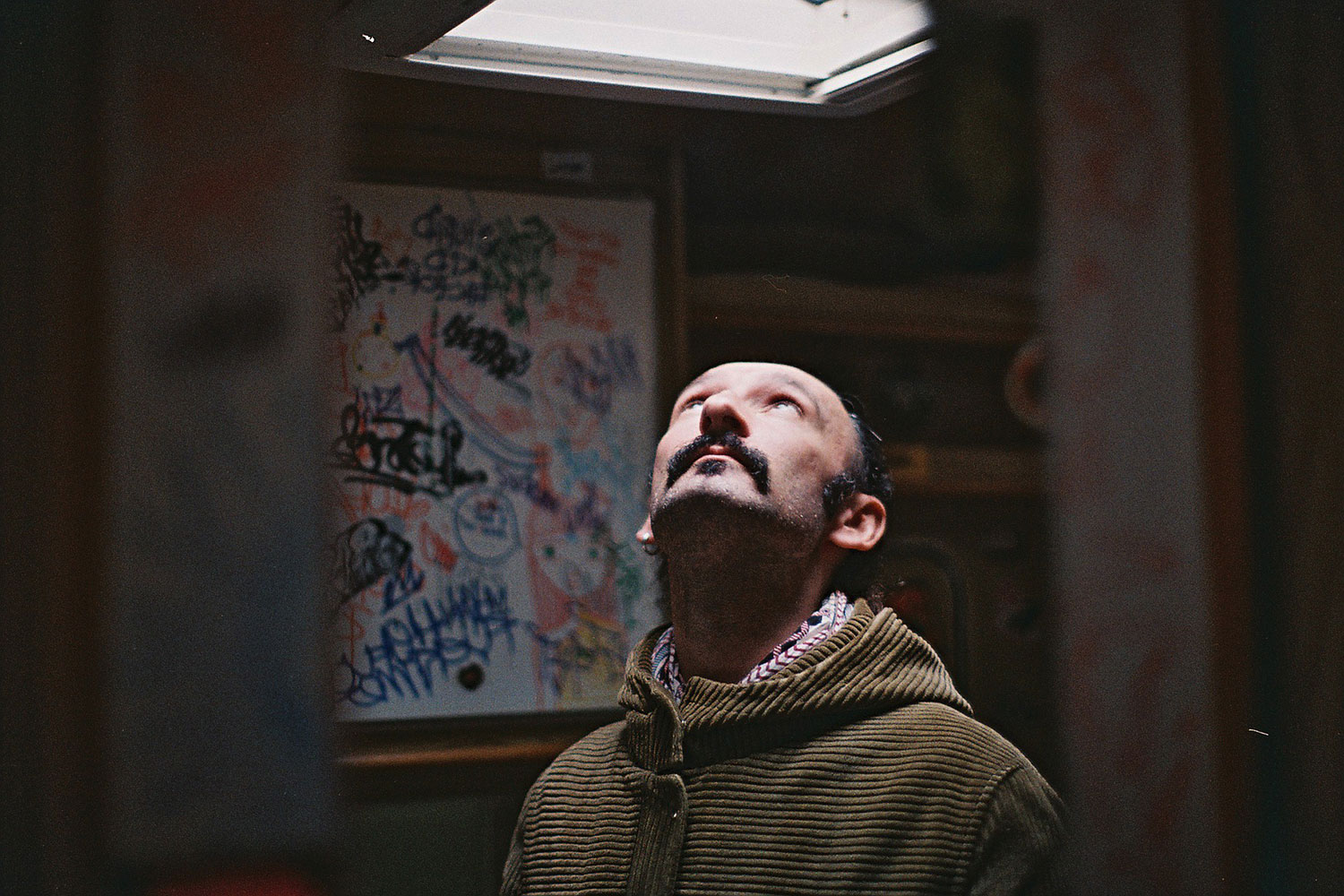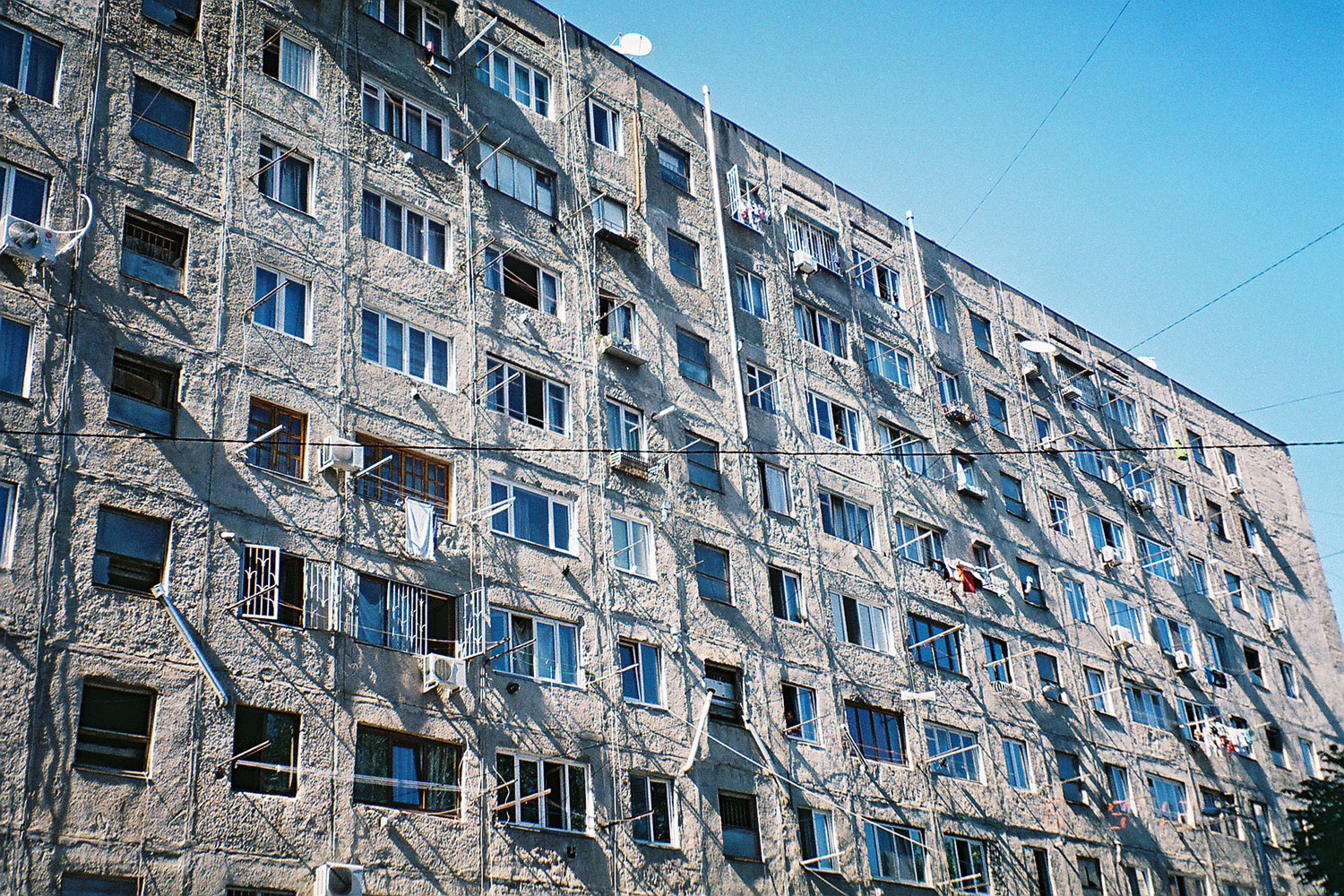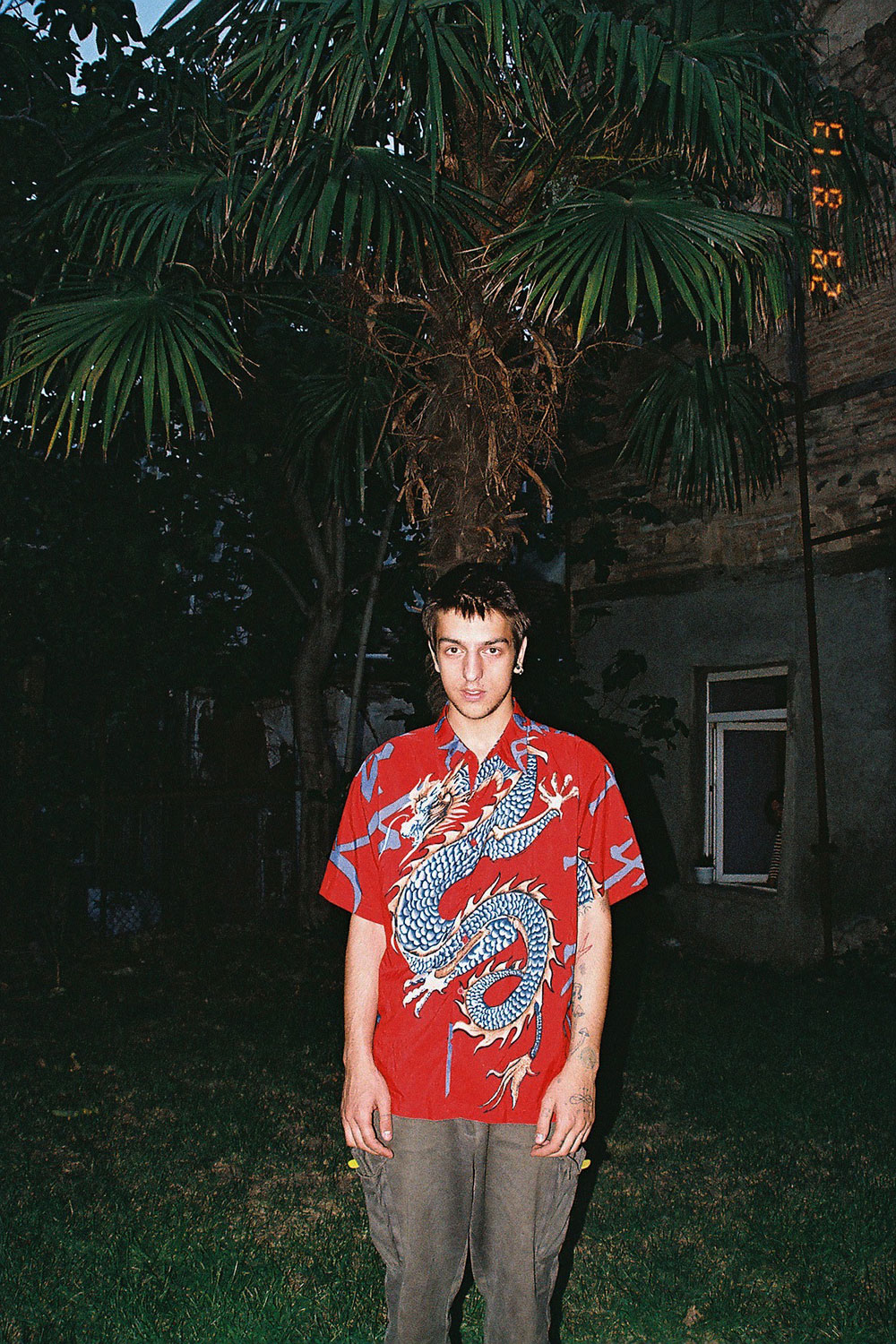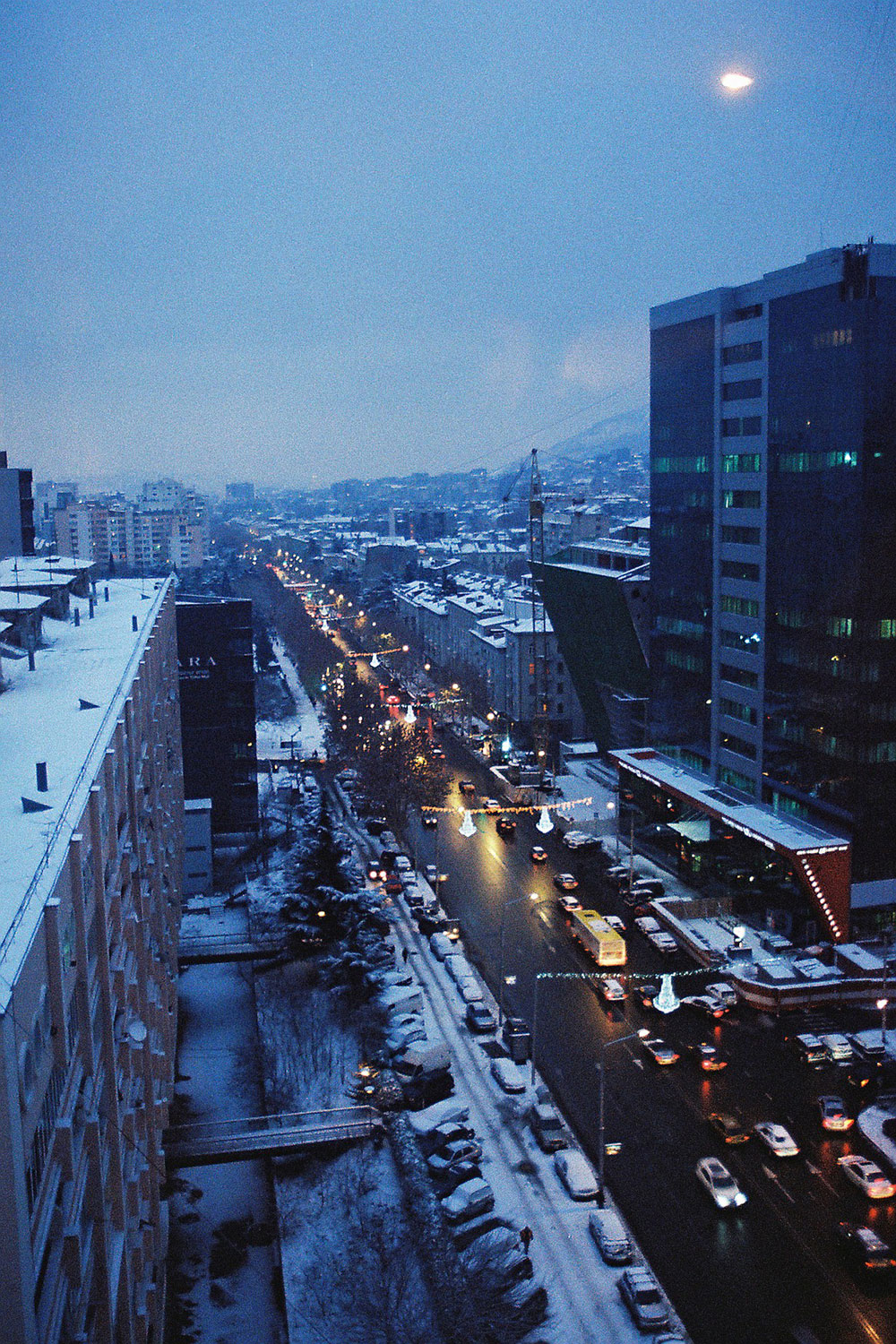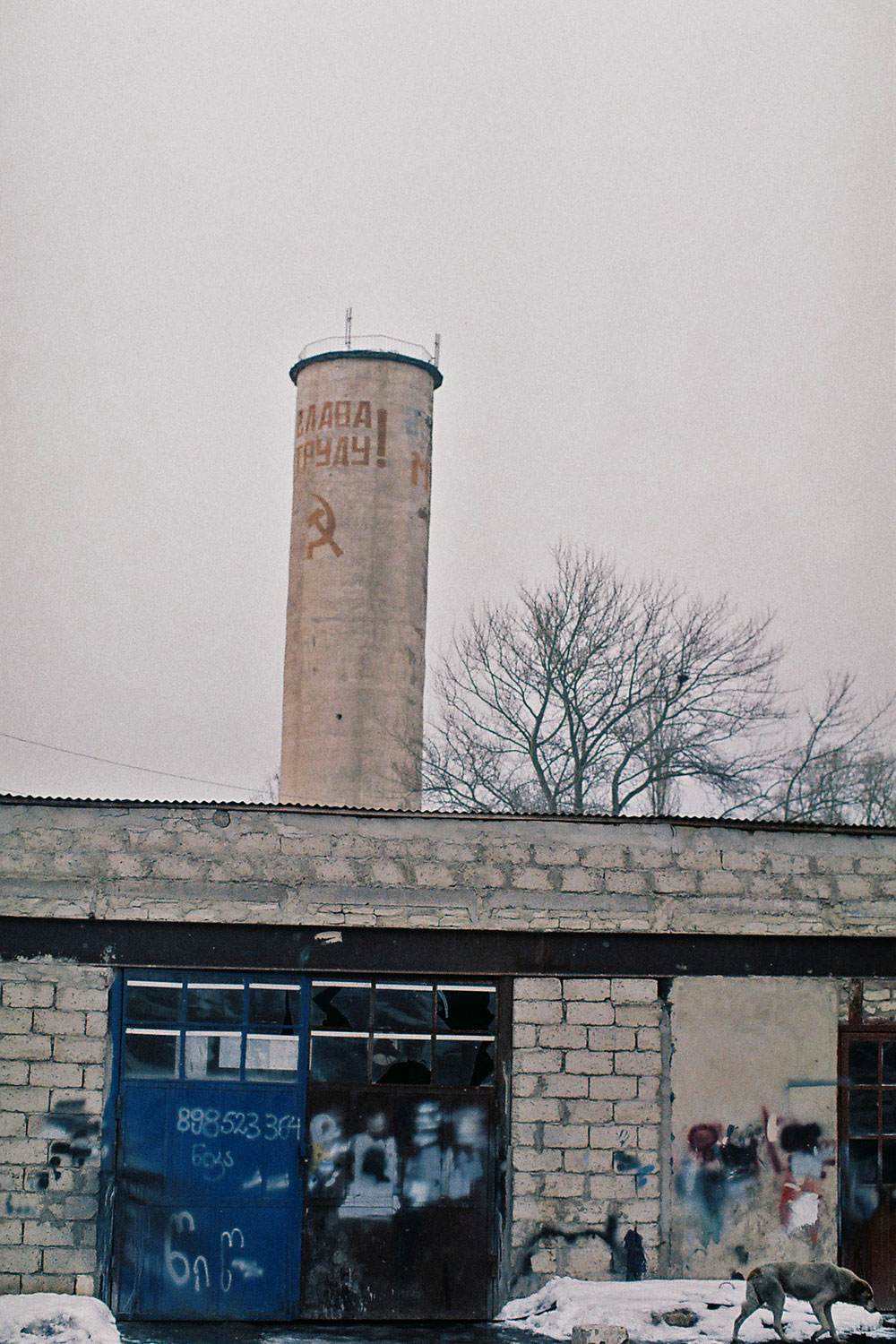Sweet dreams: George Nebieridze’s tender tribute to the Tbilisi of his youth
Originally from Georgia, photographer George Nebieridze is one of the brightest stars of the Berlin photography scene. His upcoming book ’15 documents a year in the city: riotous house parties and notorious clubs, dark nights and beautiful dawns, abstract details spotted on the streets and moments of tenderness shared with friends. Despite being at home in the German capital, Nebieridze only moved there three years ago, and his creative practice was in many ways shaped by his adolescence in Tbilisi. His Tbilisi archives reflect his yearning for freedom and change, and first discovering the moment when youthful hedonism turns into something more significant.
‘This is a fight without violence and triumph is inevitable’
“I get asked about my homeland very frequently, especially about its dark past and how hard it was growing up there,” says Nebieridze. “I talk a lot about racism, homophobia and violence which are very widespread in the country. But in this series I wanted to highlight a brighter side of Georgia.”
The brightest side of Georgia for Nebieridze has always been his friends. “I photographed the new generation of creative minds and hard-working individuals who instead of running away from conservatism have decided to fight it by creating new movements of their own. I happened to be friends with certain group of Tbilisi kids who have developed their own artistic style at a remarkably young age. I believe that their existence is extremely important for today’s Georgia. Their activities create a very visible and fertile contrast to corrupt society and manipulative institutions,” Nebieridze says. “This is a fight without violence and triumph is inevitable.”
Nebrieridze’s belief in the triumph of today’s youth is steadfast despite recently experiencing the loss of a friend. One of the portraits in the series is of transgender actress Bianka Shigurova who was found dead in her apartment at the age of 22 last year (the photographer paid her a tribute here). Sadly, she’s not the only friend he’s lost since moving to Berlin, which only emphasizes the value of the precious moments frozen in time in these Tbilisi portraits.
The portraits in the series are combined with images of the surrounding architecture and landscapes: snapshots of breathtaking mountains, Soviet housing estates, roads in the dusk. There is certain brutality associated with these settings, but also tenderness. These imprints do not give us a clear picture of the actual city, instead mapping the perimeters of memory. Nebieridze’s Tbilisi is a city which now exists just for him, its key quality the fact that it remains in the distance.
Nebieridze’s story of Georgia is one of longing and change but not alienation. One of the key images is the one of an open pomegranate — a recognisable symbol in Georgian culture used, for instance, by cult director Sergei Parajanov. With all its colour and symbolism it’s photographed in a domestic setting resembling a house party, which makes it all the more poignant and sincere. “I aim to show the actual texture of the place I experienced during those years,” Nebieridze says. “The more time I spend outside Georgia, the more I value its qualities”.
Text: Anastasiia Fedorova
Image: George Nebieridze
